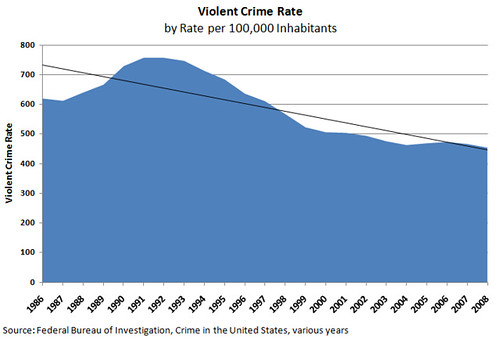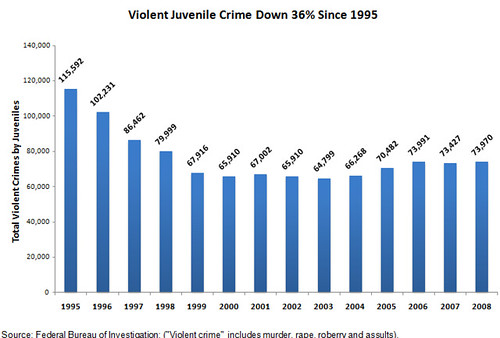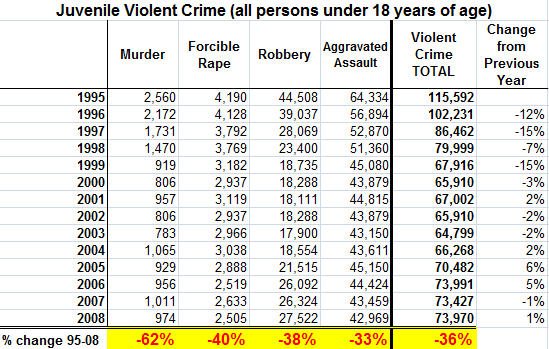The Parents Television Council (PTC) released a new report today entitled Women in Peril: A Look at TV's Disturbing New Storyline Trend. The report argues that "by depicting violence against women with increasing frequency, or as a trivial, even humorous matter, the broadcast networks may ultimately be contributing to a desensitized atmosphere in which people view aggression and violence directed at women as normative, even acceptable," said PTC President Tim Winter. As evidence the report cites... Nicole Kidman. OK, it cites more than Nicole Kidman, but the 7-page report and accompanying press release does seem to place a lot of stock in the fact that, while being questioning by a House Foreign Affairs subcommittee hearing about violence against women overseas, "Ms. Kidman conceded that Hollywood has probably contributed to violence against women by portraying them as weak sex objects, according to the Associated Press." I'm not sure what Ms. Kidman was doing testifying before Congress on the matter of violence against women overseas -- dare I suggest some congressmen were out for another photo-op with a Hollywood celeb? -- but the better question is whether Ms. Kidman's opinion has any bearing on the question of what relationship, if any, there is between televised violence and real-world violence against women. (Incidentally, if she really feels passionately about all this, is she prepared to go back and recut some of her old scenes in "Dead Calm," "To Die For," and "Eyes Wide Shut"?)

But let's not nitpick about the credentials Ms. Kidman brings to the table or whether it makes any sense for PTC to elevate her opinions to proof of theory when it comes to a supposed connection between depictions of violence against women in film or television and real world acts of violence against women. PTC, however, suggests that's exactly what is going on today. They allude to a few lab studies which are of the "monkey see, monkey do" variety -- where the results of artificial lab experiments are used to claim that watching depictions of violence will turn us all into killing machines, rapists, robbers, or just plain ol' desensitized thugs.
There's just one problem with such studies, and the PTC report: Reality.
Whatever lab experiments might suggest, the evidence of a link between televised media violence and the real-world equivalent just does not show up in the data. The FBI produces ongoing Crime in the United States reports that document violent crimes trends. Here's what the data tells us about overall violent crime, forcible rape, and juvenile violent crime rates over the past two decades: They have all fallen. Perhaps most impressively, the juvenile crime rate has fallen an astonishing 36% since 1995.


Now, let me be perfectly clear about something. When analyzing such things it is vitally important to recall one of the first rules of statistical analysis: correlation does not necessarily equal causation. This works in both directions. Even if an increase in real-world violence was closely tracking depictions of violence on television or in video games, it wouldn't necessarily mean there is a connection. But it would also be wrong to state that, on its own, an inverse correlation (with the trends moving in opposite directions) meant that there was absolutely no connection between these things.
At the margin, I believe that some media can have negative impacts on some people. Certainly, in heavy enough doses, watching non-stop depictions of sex or violence probably would have some sort of negative effect on some people -- loss of sleep, if nothing else. Perhaps more.
Then again, I just cannot entirely dismiss the real-world evidence being so starkly at odds with the "monkey see, monkey do" theories bandied about by PTC and some researchers or regulatory proponents. At a minimum, the real-world evidence should at least call into question the "world-is-going-to-hell" sort of generalizations made by proponents of increased media regulation, who all too often make casual inferences about the relationship between media exposure and various social indicators. Such a causal relationship is even more dubious today since all Americans, especially youngsters, are surrounded by a much wider variety of media than ever before. Even though television viewing has gone down slightly in recent years, it has been due to the rise of other media substitutes that command the attention of children, including the Internet, cell phones and video games. Overall, therefore, it appears that children are "consuming" as much, if not more, media than ever before. One would think that if depictions of violence in media really were leading to increased aggression among youth it would start showing up in some of these indicators at some point. But that's just not occurring. [If you're interested, I've discussed all these issues at much greater detail here, here, here, and here.]
Another argument I often here is: 'Well, the numbers would be even better if not for media violence!' But there's just no way to prove that one way or the other. Would the juvenile crime rate be down 46% instead of the 36% decrease we've actually since 1995? I don't know. Nobody can know. But I certainly hope that media critics and regulatory proponents aren't so foolish as to suggest that the crime rate would drop to zero if we just forced everybody to watch "Mary Poppins" all day long.

Finally, let's assume that the PTC is right and that depictions of violence against women are on the rise on TV. I can actually accept that statement. With all the forensic science shows and crime dramas on TV today, it's clear that some of the plot lines are going to involve people dying in some fashion and many of those people will be women. And yes, some of the depictions will get pretty gritty. "Fringe" and the various "CSI" shows are clearly showing things we didn't see on "Quincy" back in the day. (Bring back Jack Klugman! He was awesome.)
But, hey, culture has changed. Envelopes have been pushed a bit. A little less is left to the imagination. But most of us can live with that fact. Indeed, many of us actually enjoy that fact! And for those who do not share that worldview or who have heightened sensitivities about depictions of violence in TV shows, movies, or games, I would like to tell them that I really do understand and appreciate where they are coming from.
Yet, there are many other ways you can deal with that without forcing us all to forgo content we might enjoy consuming. And, you guessed it, this is where I remind the world for the umpteenth time that I have written a whole book about parental control tools and methods! [The shameless self-promotion never ends here, folks!] In fact, part of the reason I have invested so much time in that project -- and my ongoing efforts to get companies and other third parties to expand the range of tools, ratings, and other information that we have access to -- is because I genuinely want to make sure that those individuals and families who have different needs and values than I have the ability to craft their own "household media standard." I want each family to be empowered to make media content decisions for themselves such that they can find the media content they want and discard all the rest. Luckily, that is the world we increasingly live in today. Parents have more tools and methods at their disposal to help them decide what constitutes acceptable media content in their homes and in the lives of their children.
I know that some critics including the PTC feel that the tools aren't good enough, but I just don't buy it. Sure, there's always some room for improvement regarding parental control tools and rating systems, but the existing panoply of tools and methods offer families unprecedented control over their media consumption habits. And that includes tools and methods which enable them to find enriching and educational content, which we have more of than ever before.
I understand PTC doesn't share my worldview on these matters. But the difference between us is that they want to take something away from me (the right to watch certain types of content) while I want to give something to them (the ability to block that which they find distasteful). To be fair, however, their report did not rush to the regulatory solution, even though they did call for more hearings and they warn that:
if the television industry is unwilling or unable to take serious steps to reduce or tone down such graphic images, then we will urge the Congress and the FCC, by virtue of their regulatory authority over the public airwaves, to step in and take action.
The problem is, I don't think PTC will ever rest until all this content is removed from the airwaves altogether, even if millions of Americans actually enjoy that programming. Again, the better solution is for PTC to work with others to improve the tools and methods available to families to more effectively make this decision for themselves. I certainly don't want others making these determinations for my wife and me and our two kids. We've got the job handled, thank you very much.
